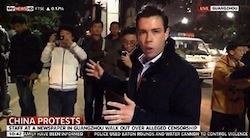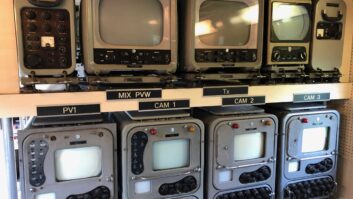The Chinese decision to adopt its own DTV and mobile TV technologies has caused a certain amount of consternation in the industry. What does it mean? Time to ask an expert, writes George Jarrett.
One of the best sources for information and reaction to the August 13 Chinese decision to adopt its own DTV and mobile TV technologies is Gerard Faria, the executive director of Teamcast. The author of the physical layer spec within DVB-H, Faria’s company has been the quickest to stage an experimental transmission demonstration to show what might become DMB-T/H or CDMB.
“This technology is the result of the merging two proposals. The one from Jiaotong University in Shanghai is a single carrier system like the ATSC idea, and the proposal from the Tsinghua team in Beijing is a multi carrier concept – a transmission system based on CODFM,” said Faria. “What is common with DVB-H is the multi-carrier system, but there are two clever innovations. For FAC they use the LPDC code as used for DVB-S2, and this is innovative technology to use in a multi-carrier. Secondly, in all CODFM standards we made use of the cyclic prefix, which we called the guard interval.
“The purpose of that is to fight echoes, but the Chinese have preferred to use PN (random numbers) rather than consider the cyclic prefix. PN provides a way for the receiver to do synchronisation and estimate transmission errors,” he continued. “This is called TDS-OFDM, or ‘time domain segmented’.”
The Chinese government has promised to publish a standard setting document within weeks. Asked what the implications are for the DVB, Faria said: “There is plenty of DVB-T transmission in China, but they are under obligation to transfer to the national system when the standard is revealed. Probably within one or two years all terrestrial systems will be upgraded. The implication is that DVB-H will probably not be used in China. Clearly, what will make the difference is the existence of receivers.”
Faria thinks DVB-H might be introduced, noting that TDMB is currently used for broadcasting to handsets. “My technical opinion is that the new Chinese standards will be able to deliver signals to handhelds. It is a service layer, so you could apply DVB-H to the Chinese modulation technology,” he said. “I think they performed real scientific work, but I have no idea yet of the performance.”







